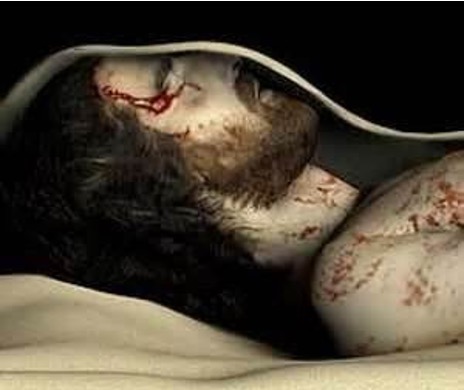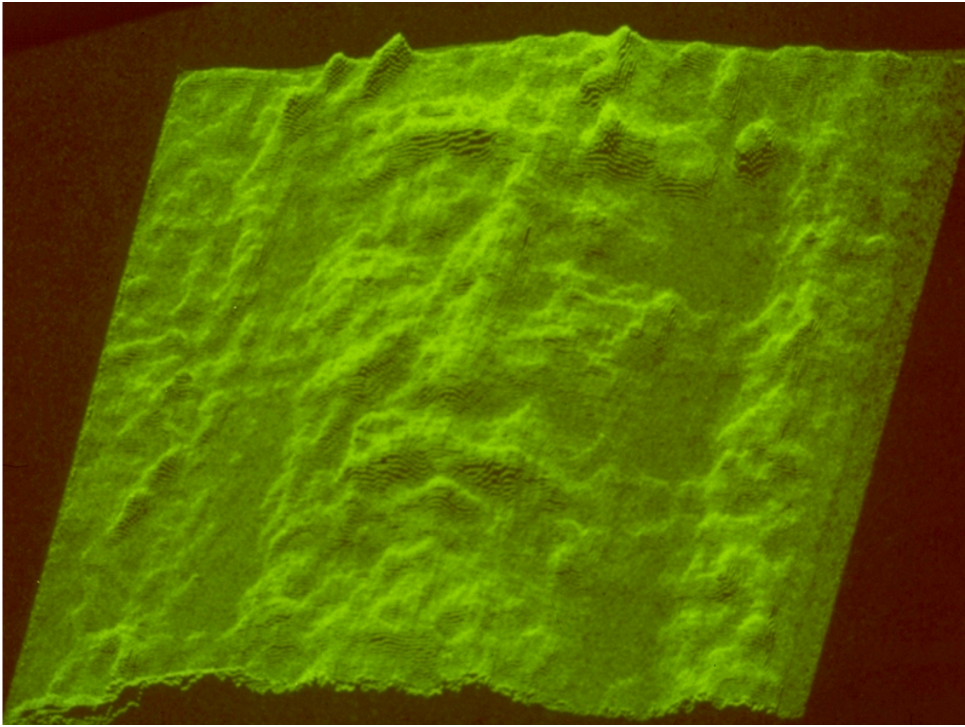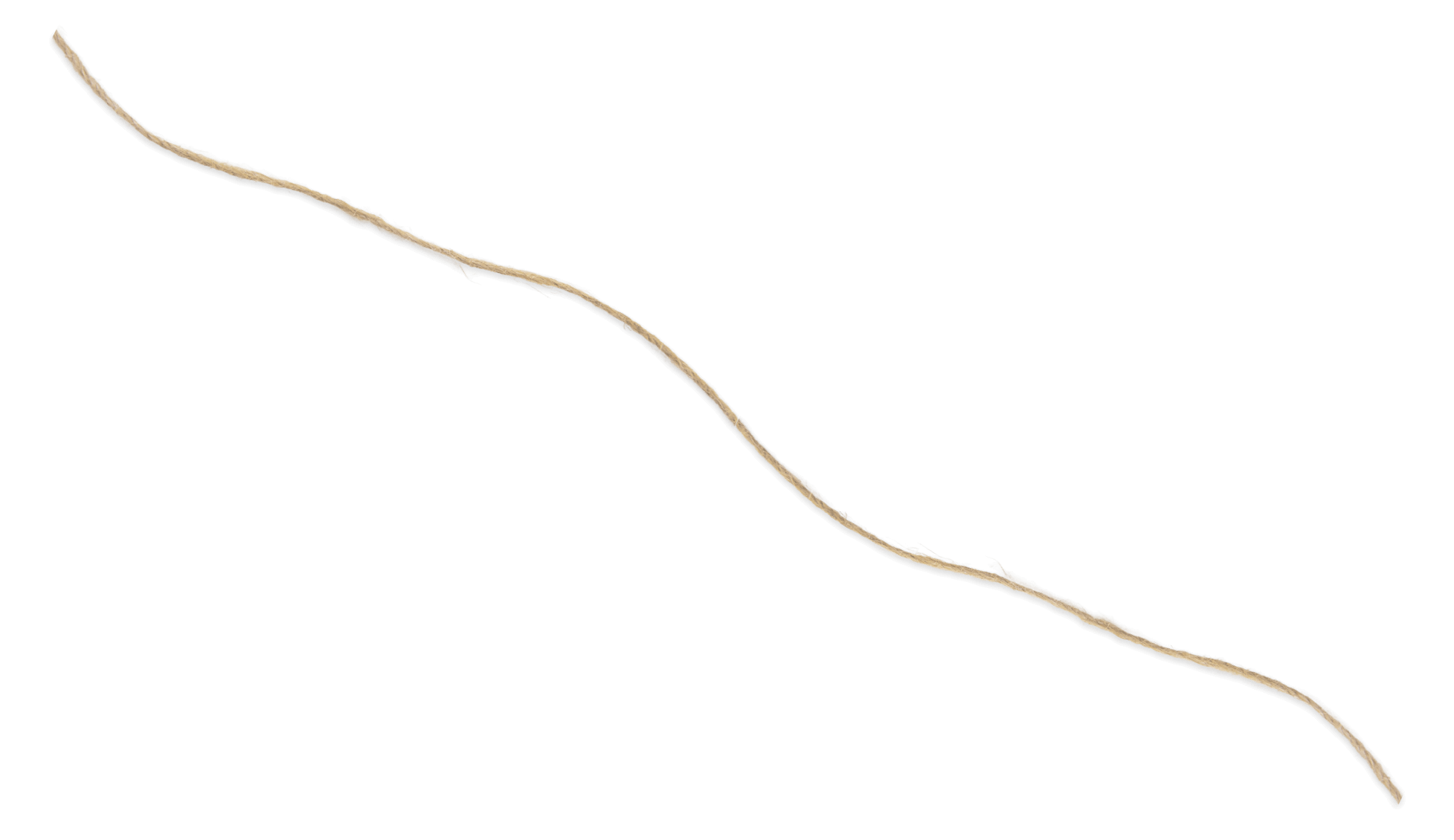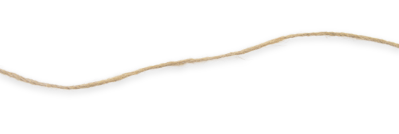The Shroud can do something other images can’t.
Imagine a flat photograph morphing into a 3-D image—like something out of a sci-fi movie.
The Shroud is encoded with 3-D information that reflects the distance the cloth was from the body that it wrapped.
Why That’s Important
No known artistic technique can encode 3-D information in an image on
How this was discovered
In 1976, two American scientists looked at a photo of the Shroud with a VP-8 Image Analyzer.
- A VP-8 Image Analyzer converts light and dark areas of an image into height and depth information, like a pop-up version of a flat picture.
- Normally, a photograph would look completely distorted (because normal photos don’t have built-in 3-D qualities).
- But when Dr.John Jackson and Dr. Eric Jumper analyzed a photo of the Shroud using the VP-8 Image Analyzer way, something incredible happened.
The Man of the Shroud in 3-D
Instead of distorting, the image transformed into a perfect 3-D relief of a human body!
The shape was anatomically accurate—down to the tiny facial details.
Dr. Jackson and Dr. Jumper also noticed something else. The image’s intensity wasn’t random:
- The parts where the cloth would have been closest to the body, like the nose or cheekbones, were darker.
- The parts where the cloth was farther away, like the eye sockets or the neck, appeared lighter.
- It was like the Shroud had recorded the topography of a real human body.

How Was This Possible?
No known artistic technique could encode this kind of 3-D information into the image.
The image itself is not painted, burned, or applied with any known artistic technique. It’s sitting on the very surface of the linen fibers, only two to four microns deep—thinner than a strand of hair.
The Discovery Led to STURP
Intrigued by their discovery, Jackson and Jumper formed a research team to dig deeper.
They gathered 26 scientists from some of the most advanced research institutions in the world, including NASA’s Jet Propulsion Lab, Los Alamos National Labs, and the U.S. Air Force Weapons Laboratory.
They called themselves the Shroud of Turin Research Project—STURP for short. Their mission? To figure out how this mysterious image could have been formed.
What did they conclude? Find out here.




